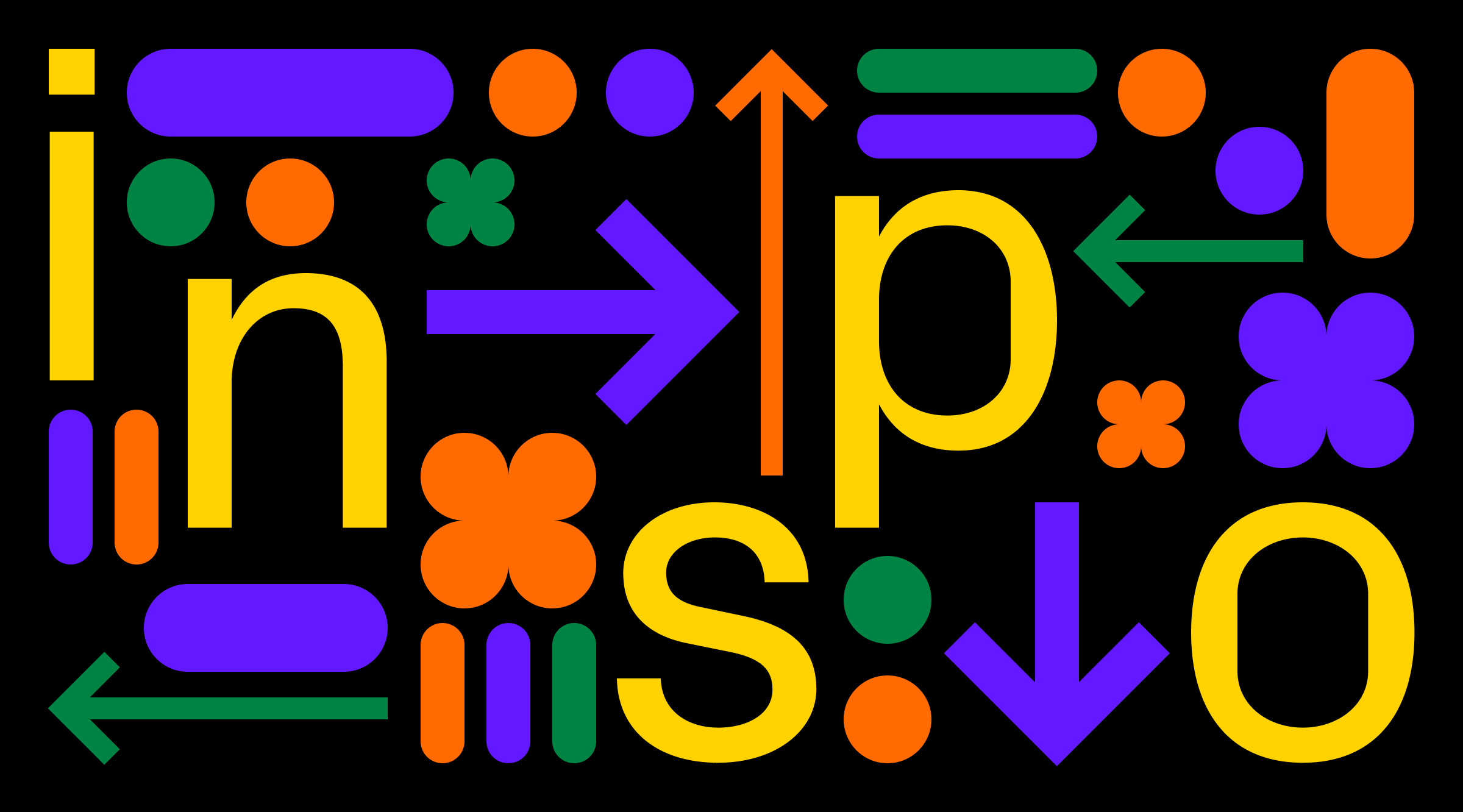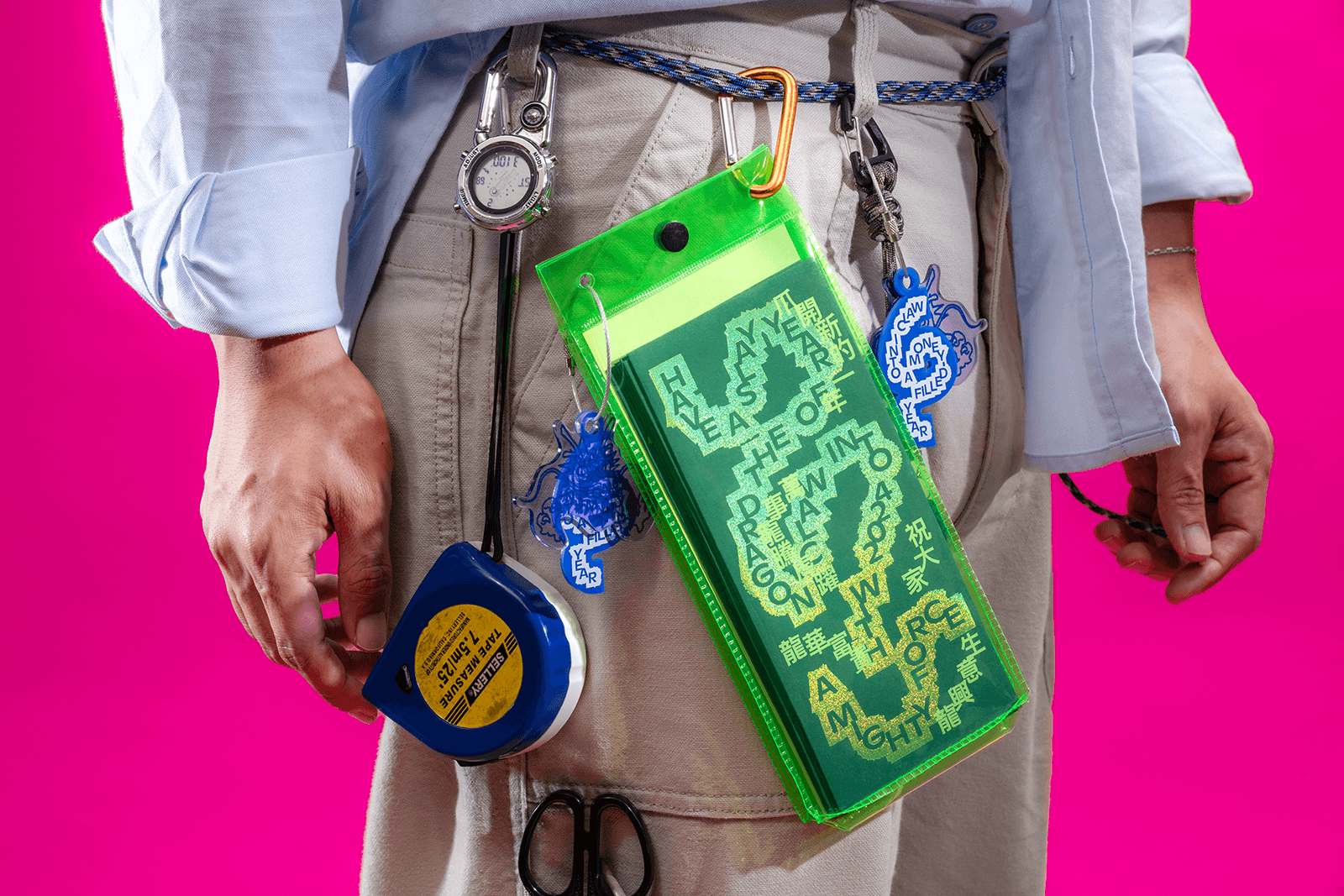Designers on where to find inspiration
Professionals share what helps them generate fresh ideas, including insights from those developing specialized tools for creativity.

Creativity thrives on inspiration. Although some would say that professionals don’t need it, without inspiration, the process of generating new ideas becomes tedious, risking the freshness and originality of those ideas. We reached out to several designers to understand their methods for finding and leveraging inspiration.
Contributors for this article include:
Luca Marra, Co-founder of Cosmos.so, a Pinterest alternative for creatives.
Yah-Leng Yu, Founding Partner and Creative Director of Foreign Policy Design Group.
Nina Zakharova, 3D Artist, Head of Content at W1D1, a tool to sharpen creative skills.
Alexander Moskovsky, Product Designer at Readymag.
Artem Taradash and Artem Tarasov, Designers, Co-founders of Together With You, a design consulting agency.
Primary sources of inspiration
Nina: Since I run a newsletter focused on the history of art and design, as well as the social issues surrounding them, I spend a lot of time exploring vintage design ephemera, such as Japanese hotel tags from the ’60s or DIY QSL cards. This inevitably shapes my taste. Like many other creatives, I was once obsessed with Are.na, but given its overload of both good and bad information, I’ve reverted to seeking inspiration in museums, various online sources, nature, and, of course, books. When I feel particularly uninspired, I often turn to Japanese design, watch David Byrne’s live performances, enjoy Aardman animations, collect tchotchkes, cook, and listen to investigative podcasts.
Alexander: I would categorize my sources of inspiration into two groups. The first one consists of design-specific resources—media, social media accounts of designers and studios, their portfolios, various awards, and Pinterest. A less obvious source is Product Hunt, a site showcasing current startup launches. The second group is more general and unrelated to design. For me, it includes the city, its objects, and their interactions—how they break, cast shadows, and crumple. The city also offers a wealth of more naive design elements, like signboards, inscriptions on garbage cans (my favorite!), and industrial design objects. Although all of these are created with ergonomics in mind, they can be appreciated aesthetically.
Yah-Leng: I stay updated on current affairs and pop culture whenever possible, and also follow online platforms like Design Everywhere & The Brand Identity when time permits. Attending conferences to hear fellow designers and business practitioners speak is incredibly beneficial. Their insights inspire me greatly.
Artem Tarasov: What’s intriguing for me now is what lies in the gray area, the conventional. There’s something there we often overlook, to which we’ve become blind. Lately, I’ve been drawn to the “ugly” things, not just ugly, but those that are completely ignored, like scooters and mopeds from the 2000s. They're forgotten, but undeservedly so, and there’s a wealth of inspiration in them.
Luca: On the internet, the majority of my inspiration comes from Cosmos. Now, as a founder of the platform, this might sound somewhat self-promotional, but bear with me. Cosmos simplifies the process of aggregating creative content from popular social apps into one location. When all of my inspiration is saved to one platform, it's easier to revisit saved content and stay inspired over time, rather than remain lost online.
Outside of the internet, nature and my dreams are tremendous sources of inspiration. Being in an unconditional level of presence in nature reveals the impressive design of the natural world and its interconnections. Regarding dreams, I often lucid dream, and write down these dreams so I can remember them before they fade. This inspires me and sparks new ideas.
Working with references
Nina: Currently, I work primarily as a 3D artist, where references are crucial because building something volumetric from scratch is challenging. However, I find joy in experimenting with my sources and mixing them up. For instance, when creating a character, I might use something entirely unrelated, like a photograph of a tree or an ancient pattern, because it might contain elements or a mood I want to channel into that character. I also love finding references in real life when I’m out and about, as it makes my work feel more genuine.
Alexander: For me, the search for references and design itself are two separate, parallel processes (the book “The Creative Act” by Rick Rubin discusses this very concept). That is, I try to always look for and note something new for myself everywhere, so I can just sit down and do it. If you start looking for references from scratch, you’ll probably end up at best just mixing a few techniques, but the work will be more hollow and less innovative than it could be.
Design trends vs Personal style
Nina: I’m deeply interested in current trends, not because I feel compelled to replicate them (quite the opposite; I usually take an underdog stance), but because I enjoy understanding how aesthetics connect with the modern world from social, political, and economic viewpoints. In today’s interconnected world, I think it’s nearly impossible to entirely separate oneself from influences, but delving into them on a deeper level can lead to interesting discoveries about ourselves.
Alexander: Trends are something I try to steer clear of—if something becomes popular enough to be labeled a trend or makes it on to a “20XX trend list,” then it’s already outdated and it’s time to search for something new. On the other hand, sometimes a task requires expressing a certain aspect of a brand in design, aiming for “innovative” or “modern” qualities. In these cases, you need to find visual markers that convey the right association without quickly becoming dated, unlike the filters from the early days of Instagram.
Interaction with others
Luca: If you think about it, the inspiration we find online is often born from the creativity of other humans. When something inspires us, it's likely that the person behind it, and their broader body of work, can inspire us too. Even better, there's a good chance we can inspire each other. Engaging with other creatives who share our passions often acts as a catalyst for generating fresh ideas, perspectives, and artistic concepts. I've experienced this dynamic firsthand on Cosmos while diving into rabbit holes of content discovery. I have a much easier time branching off an inspirational element on Cosmos, than on other platforms, exploring other profiles that curate similar content than I do, and finding entirely new forms of inspiration.
Yah-Leng: I enjoy talking with younger designers, absorbing their perspectives and lifestyle preferences. This dialogue subtly shapes our projects, like our recent Chinese New Year red packet for the Year of the Dragon. This year, moving away from traditional colors, we chose deep blue, influenced by these fresh insights. The choice reflects the Wood Dragon’s symbolism, with iridescent typography that mimics the dragon’s scales. Each set includes 6 money packets and temporary tattoos, all in a jello pouch with a paracord sling, designed to bring a modern twist to tradition. It’s a creative way to keep the tradition appealing and relevant, especially to the younger generation.

Nina: One of the primary reasons I started my newsletter was the lack of creative community in my life. For many professionals, schools and universities act as significant stepping stones for building networks, and since I didn’t pursue that path, I missed out on forming my own. Today, almost all the projects I undertake are a direct result of the newsletter and its community, and I hope this community benefits others as much as it has me. Given the creative industry’s history of exploitation and underpayment, building an open dialogue and supporting one another could be a great start to holding the industry accountable.
Alexander: In my opinion, the strongest projects are always born in collaboration. Another person helps you to view the design from angles you might not consider, enabling you to discover something new. On the other hand, everyone has their own visual background. In one instance, I struggled for a long time to find the right tone for a website’s main page, unsure of what direction to take. The designer we were working with pointed out that one of my concepts resembled a book published in a very small edition around 1980 (which I wasn’t likely to have known about). As a result, the book became a crucial stylistic influence for the project—we were inspired by its visual language and adapted it for the web, resulting in a design that was not only unique, but that also faithfully represented the project’s intended message.
Artem Taradash: I’m inspired by the way people talk and what they say: for example, when someone uses the metaphor “a kick in the butt” in conversation, and suddenly everyone realizes that this is it. And you can use it, like drawing an ass, because why not? Self-exploration gives you the opportunity to do something different.